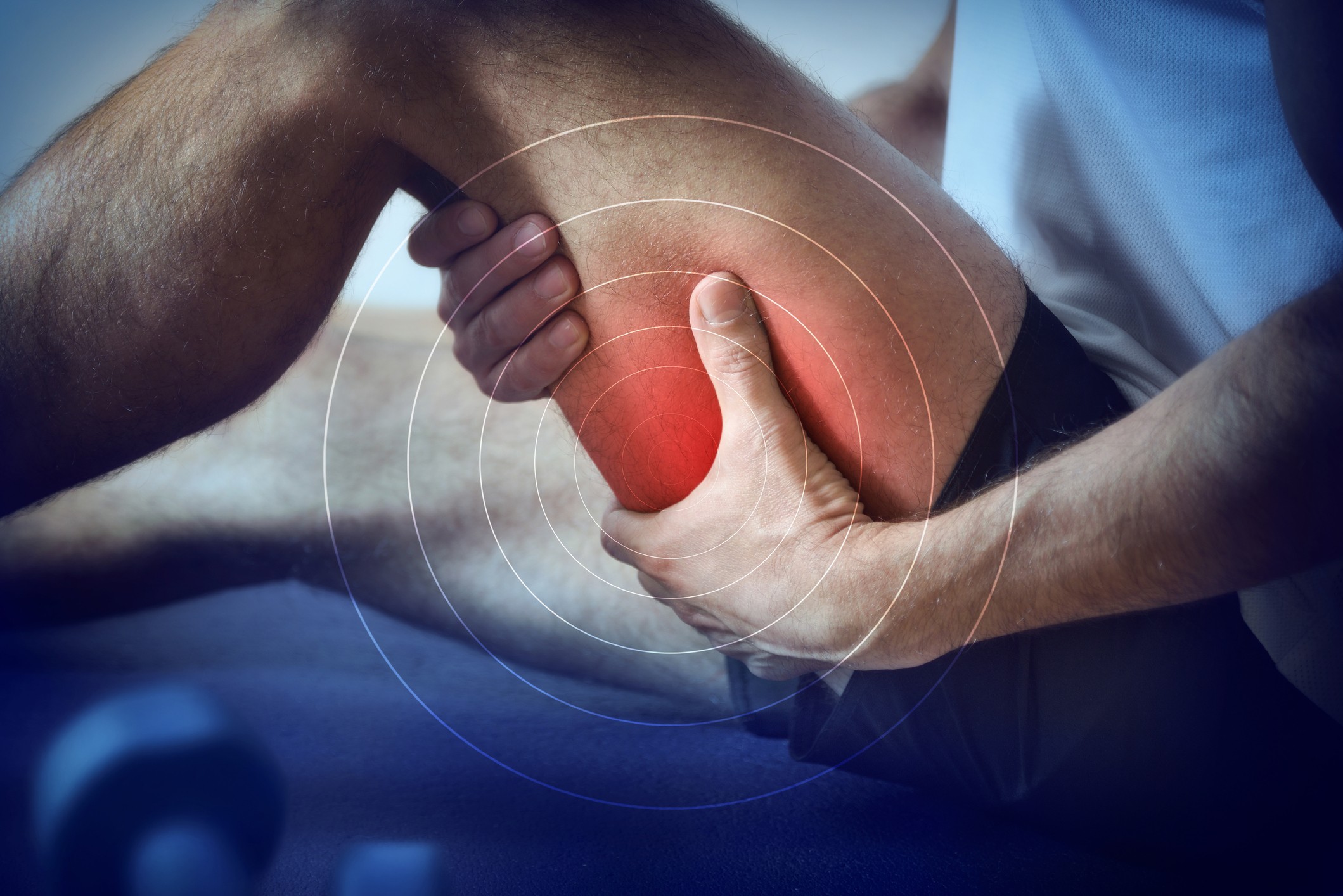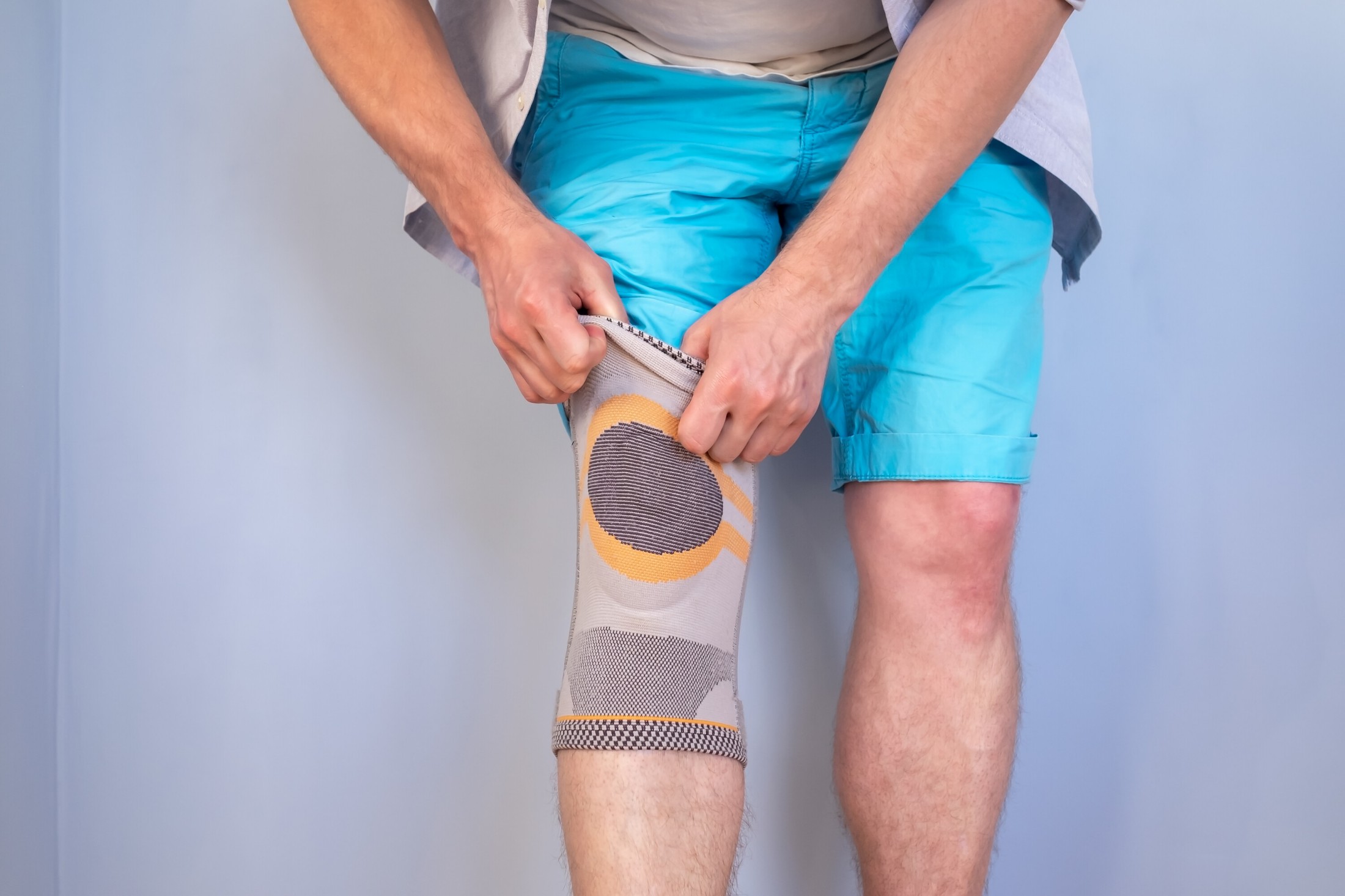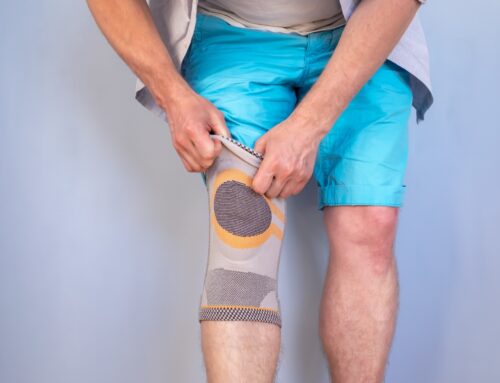For lymphatic disorders, distinguishing between Lymphedema vs Lipedema is crucial. Lymphedema is marked by localized fluid retention and swelling due to a compromised lymphatic system. This often results in swelling, predominantly in the arms or legs.
Lipedema, while sometimes confused with lymphedema, is a different condition altogether. It is characterized by the unusual buildup of fat cells, primarily in the legs and occasionally the arms. This fat accumulation isn’t linked to overeating and often doesn’t respond to typical weight loss strategies.
Despite some similarities, the unique challenges of Lipedema set it distinctly apart from conditions like lymphedema
Lipedema vs. Lymphedema: What Sets Them Apart?
Lipedema and Lymphedema, while sounding similar, are distinctly different in their causes, presentations, and treatment.
Core Characteristics of Lymphedema
Lymphedema primarily arises due to damage or malformation of the lymphatic system. Common causes include surgery, radiation, infections, or inherited conditions. Its diagnosis often involves medical imaging, such as lymphoscintigraphy, to visualize the affected lymph vessels.
Symptomatically, lymphedema presents as persistent swelling, usually in the arms or legs. Skin may feel tight or hard, and patients may experience decreased flexibility, aching, or discomfort in the affected limb.
Core Characteristics of Lipedema
Lipedema’s exact cause remains unknown, though it’s believed to involve genetic factors and hormonal imbalances. Its early signs include disproportionate fat accumulation in the legs, often accompanied by pain and easy bruising.
As Lipedema progresses, it evolves through different stages. In its initial phase, the skin remains smooth, but the layer underneath feels like a bead-filled mattress. In later stages, large fatty masses develop, and the skin texture becomes more uneven, leading to significant discomfort and mobility challenges.
Similarities between Lipedema and Lymphedema
Both Lymphedema and Lipedema come with their unique set of challenges, but there’s undeniable common ground between them. One of the most prevalent overlaps is the swelling symptom, though the nature and location of the swelling may differ.
Many individuals with these conditions have undergone misdiagnoses due to the shared symptoms, making it even more challenging to get appropriate care. Misidentifying Lipedema as obesity or Lymphedema as temporary swelling can lead to ineffective treatments and further complications.
Accurate identification is paramount. It ensures that patients receive the proper interventions tailored to their specific condition, which can significantly enhance their quality of life. Recognizing the nuances between Lymphedema and Lipedema is essential for healthcare professionals and patients alike, to navigate the intricacies of these conditions effectively.
Unique Challenges of Lipedema
Lipedema, often misconceived as mere “fat legs”, presents with challenges that stretch beyond the physical. While it manifests primarily as disproportionate fat accumulation in the legs (and sometimes arms), the condition is far more intricate than general weight gain.
Beyond the evident physical discomfort, individuals with Lipedema frequently grapple with emotional and psychological strains. The societal misconceptions surrounding the condition can exacerbate feelings of isolation, body image issues, and depression. People with Lipedema often endure misjudgments about their lifestyle, discipline, or dietary habits, further intensifying their emotional struggles.
Managing Lipedema and Lymphedema
When it comes to Lipedema and Lymphedema, understanding that each has its unique manifestations is the cornerstone of effective management. Tailored treatments ensure that individuals with these conditions receive care that directly addresses their specific needs.
For Lymphedema, interventions might include manual lymphatic drainage, compression therapy, and skin care. These treatments aim to reduce swelling, improve skin health, and prevent further complications.
In the case of Lipedema, a comprehensive management approach could encompass compression garments, manual lymphatic drainage, diet, exercise, and in some cases, surgical interventions. These strategies aim to alleviate pain, manage swelling, and improve overall quality of life.
The importance of early detection cannot be stressed enough. Recognizing the initial signs and seeking medical guidance promptly can dramatically alter the progression of these conditions. With proactive care and appropriate interventions, those living with Lipedema or Lymphedema can lead active, fulfilling lives.
Compression Pump Therapy Advantages
Compression pump therapy, a technique where intermittent pneumatic compression devices are used, provides another valuable tool in managing both Lipedema and Lymphedema. These devices help in moving lymphatic fluid, reducing swelling, alleviating discomfort, and preventing complications. By applying cyclic, calibrated pressure, these pumps stimulate the flow of lymph, acting as an adjunct to manual therapies and enhancing the effectiveness of other treatments. For both conditions, the therapy can result in faster relief, improved mobility, and enhanced well-being.
The importance of early detection cannot be stressed enough. Recognizing the initial signs and seeking medical guidance promptly can dramatically alter the progression of these conditions. With proactive care and appropriate interventions, those living with Lipedema or Lymphedema can lead active, fulfilling lives.
Whole-Person Care for Lipedema and Lymphedema
For conditions like Lipedema and Lymphedema, a holistic perspective often yields the beneficial outcomes.
Holistic practices, such as incorporating a balanced diet, regular exercise, and mindfulness techniques, have been shown to have a positive impact on the overall well-being of individuals with these conditions. By addressing not just the physical symptoms but also the emotional and psychological challenges, patients often experience improved quality of life.
Modern innovations have also revolutionized treatment. Breakthrough therapies, advanced compression garments, and cutting-edge surgical techniques are now available, offering more effective solutions than ever before. Staying informed about these developments and integrating them into a management plan can optimize outcomes and enhance the daily lives of those with Lipedema and Lymphedema.
The Power of Knowledge
Understanding Lipedema and Lymphedema goes beyond medical jargon; it’s about empowering patients with the knowledge they need. Awareness is the first step towards effective management, and being informed can pave the way for better treatment options and improved quality of life. (Joanne’s Lymphedema Story)
However, awareness alone isn’t enough. Advocating for enhanced care, pushing for advanced research, and fostering community understanding are essential components of driving change. When individuals, communities, and healthcare professionals come together with a unified voice, the path to improved patient care becomes clearer.
Are you or a loved one navigating the complexities of Lipedema or Lymphedema? Reach out to Care-Med. Our experts are here to offer specialized solutions and guidance tailored to your needs.
Share This Story, Choose Your Platform!
Table of Contents
We specialize in orthotics, body braces, and compression wear tailored to your unique needs in Toronto. Reach out to us at info@caremed.care or call 416-782-5353 to book your fitting and consultation.
Experience the difference of customized solutions designed just for you.











